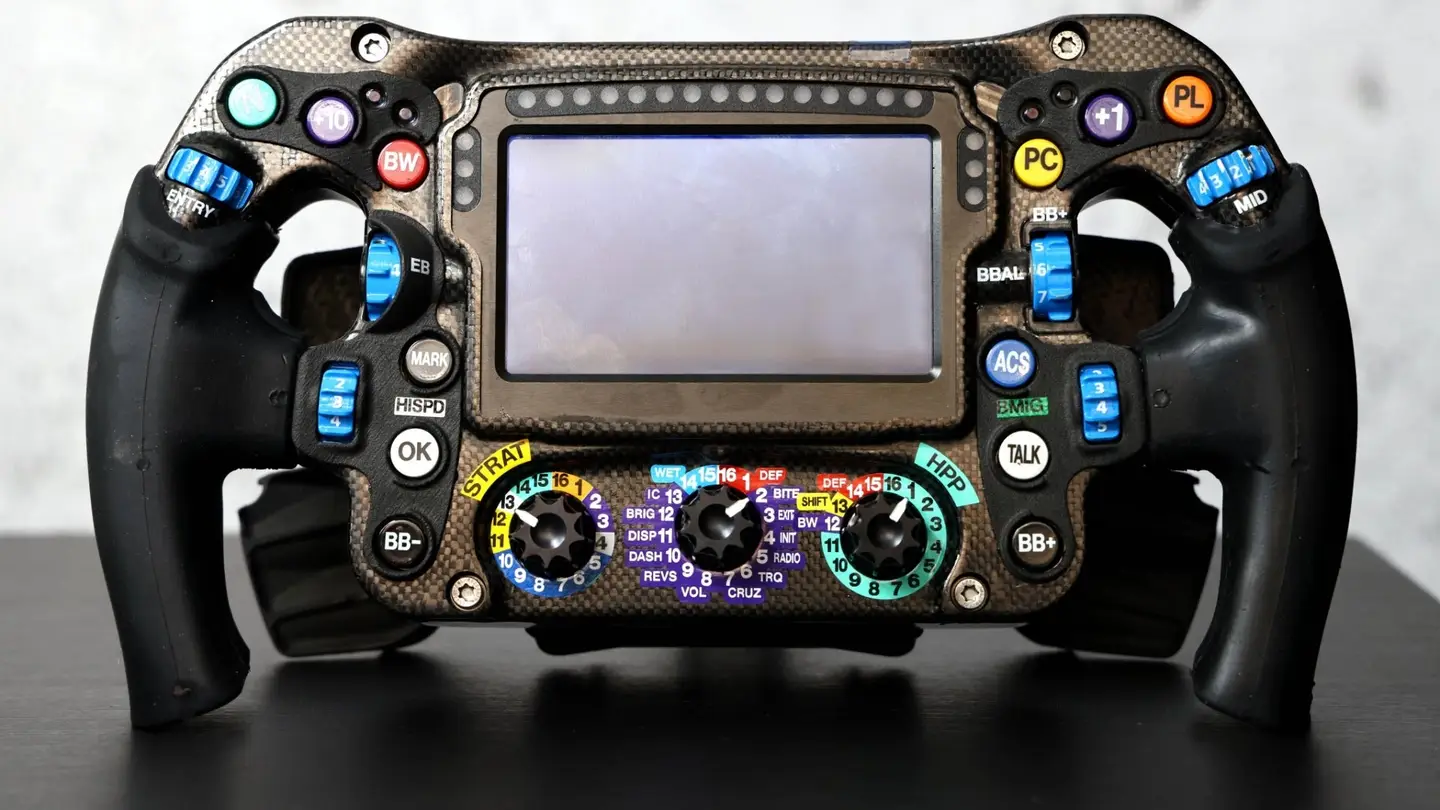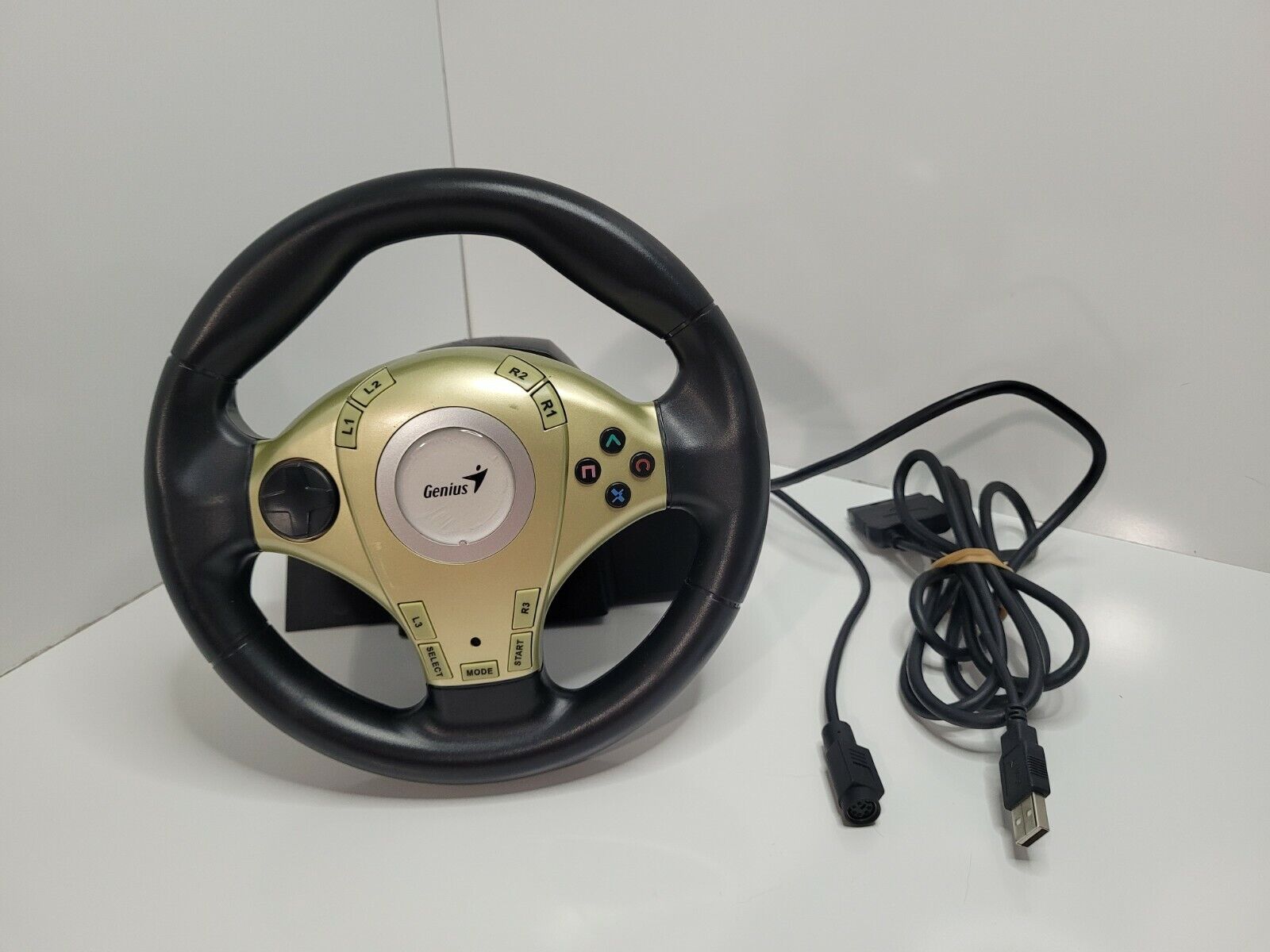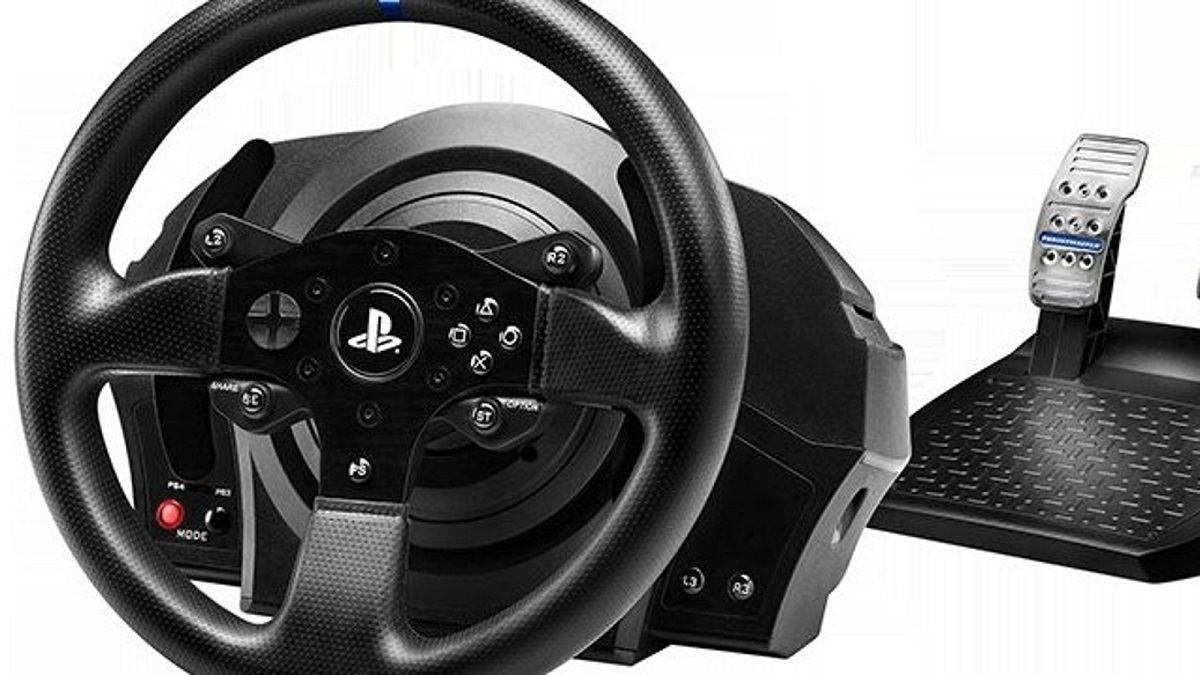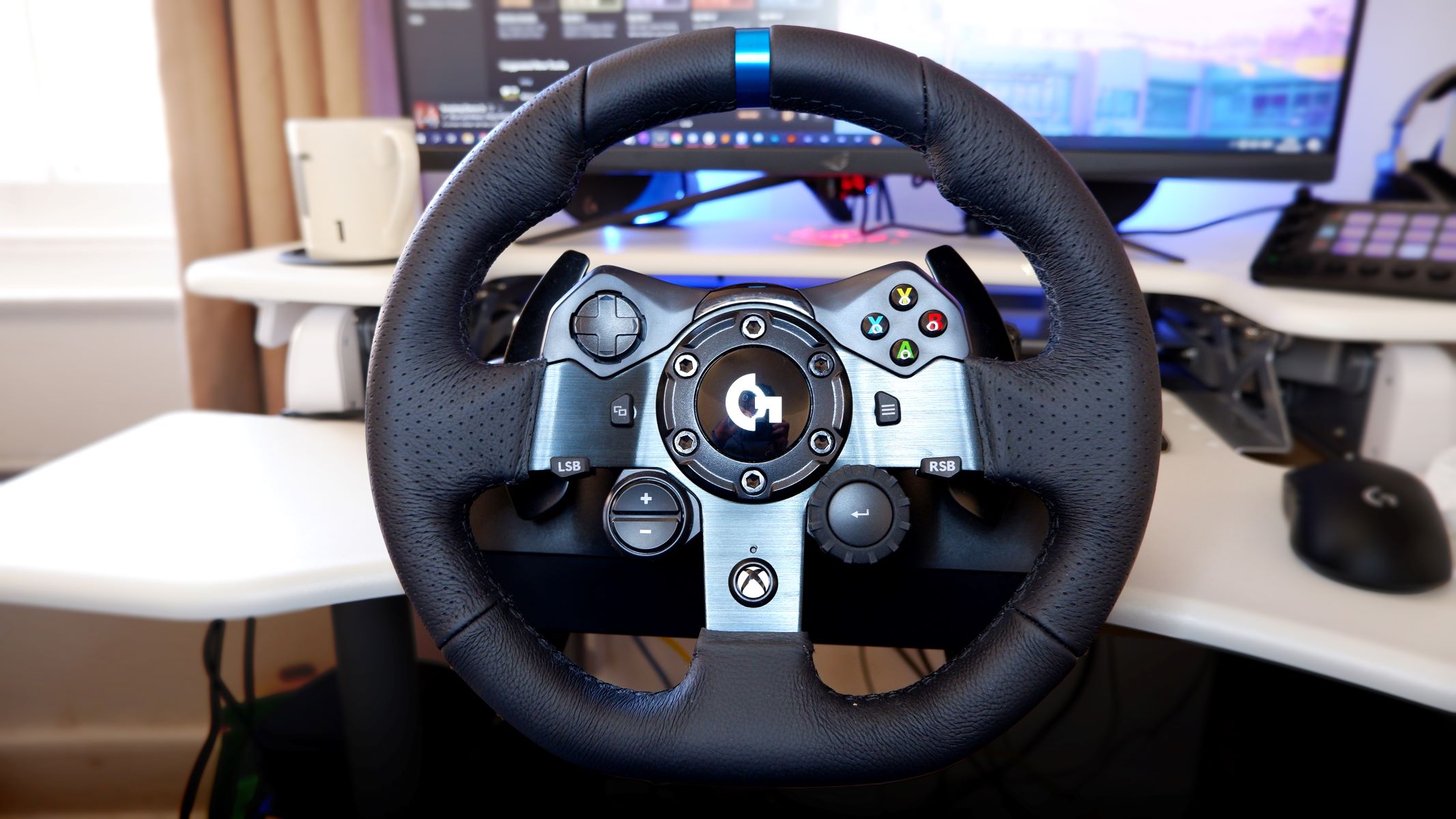Introduction
The Purpose of the Lights on a Racing Wheel
When watching a Formula 1 race, you may have noticed the colorful array of lights adorning the steering wheel of the cars. These lights are not just for aesthetic appeal; they serve a crucial role in conveying essential information to both the driver and the spectators. In the high-stakes world of Formula 1 racing, split-second decisions can make all the difference, and the racing wheel lights provide vital insights into the car’s performance and the driver’s strategies.
As the cars zip around the track at breakneck speeds, the lights on the racing wheel act as a real-time communication tool, allowing the driver to stay informed about various race conditions without having to divert their attention from the intense driving experience. Additionally, for spectators, these lights offer a glimpse into the dynamic nature of the race, providing clues about the drivers’ actions and the unfolding drama on the track.
Understanding the significance of each light on a Formula 1 racing wheel can offer fans a deeper appreciation for the complexities of the sport and the precision required of the drivers. Let’s delve into the meaning behind these vibrant indicators and unravel the secrets they hold.
The Purpose of the Lights on a Racing Wheel
The lights on a Formula 1 racing wheel serve as a sophisticated communication system between the car and the driver, enabling instantaneous transmission of critical information. These lights are strategically positioned on the steering wheel to ensure that the driver can easily perceive the signals while navigating the demanding twists and turns of the race track.
One of the primary functions of these lights is to provide the driver with real-time updates on the car’s performance and status. From engine revs to gear shift indicators, the lights convey essential data that allows the driver to optimize their driving technique and make split-second decisions. This instantaneous feedback loop is invaluable in a sport where precision and timing can determine victory or defeat.
Besides aiding the driver, the racing wheel lights also offer spectators a glimpse into the intense dynamics unfolding within the cockpit. As the lights flicker and change colors, the audience gains insight into the driver’s actions, such as deploying the DRS (Drag Reduction System) or managing energy deployment in hybrid power units. This visual spectacle adds an extra layer of excitement to the viewing experience, allowing fans to decipher the strategic maneuvers and tactical prowess of the drivers.
Moreover, the lights on the racing wheel symbolize the seamless integration of cutting-edge technology and human skill in the world of Formula 1. They exemplify the marriage of precision engineering and the art of driving, showcasing the intricate dance between man and machine on the race track. As the sport continues to push the boundaries of innovation, these lights stand as a testament to the relentless pursuit of excellence in Formula 1 racing.
Red Lights
Red lights on a Formula 1 racing wheel typically indicate critical warnings or alerts that demand the driver’s immediate attention. These lights serve as an urgent communication channel, signaling potential issues that could jeopardize the car’s performance or safety. When the red lights illuminate, it prompts the driver to swiftly assess the situation and take appropriate action to mitigate any impending risks.
One of the primary functions of the red lights is to alert the driver about potential mechanical failures or malfunctions. For instance, if the car’s engine is overheating or if there is a drop in oil pressure, the red lights will illuminate, prompting the driver to adjust their driving style or, in some cases, make an unscheduled pit stop for mechanical intervention. This proactive warning system is crucial in preventing catastrophic failures and ensuring the driver’s safety on the track.
Additionally, red lights may also indicate critical race-related alerts, such as flag signals from race control. In Formula 1, the drivers must be attuned to the changing race conditions, including safety car deployments, track hazards, or race stoppages. The red lights serve as an immediate visual cue, allowing the driver to swiftly adapt their strategy and navigate the evolving race dynamics without being caught off guard.
Furthermore, the red lights can signify warnings related to the car’s energy management system, particularly in the context of hybrid power units. When the energy deployment exceeds the optimal parameters or when there is a risk of battery depletion, the red lights provide a timely indication, prompting the driver to recalibrate their energy usage and maintain an optimal balance between performance and efficiency.
Blue Lights
Blue lights on a Formula 1 racing wheel play a pivotal role in conveying specific information related to the car’s performance and the driver’s racing strategy. These distinctive blue indicators serve as a crucial communication tool, offering valuable insights that aid the driver in optimizing their driving technique and adapting to dynamic race conditions.
One of the primary functions of the blue lights is to signal the activation of the DRS (Drag Reduction System) during a race. When the driver engages the DRS to gain a speed advantage on a straight or during an overtaking maneuver, the blue lights illuminate, providing a visual confirmation of the system’s activation. This allows both the driver and spectators to discern when the DRS is in use, adding an element of transparency to the strategic utilization of this aerodynamic aid.
Moreover, the blue lights can also serve as an indicator of the car’s energy deployment, particularly in the context of hybrid power units. As Formula 1 cars harness advanced energy recovery systems, the blue lights may illuminate to signify the optimal utilization of stored energy or the deployment of additional power from the energy recovery systems. This visual cue enables the driver to gauge their energy management strategy, ensuring that they leverage the available power resources effectively throughout the race.
Furthermore, in some instances, the blue lights may be utilized to convey messages related to driver coaching or team communication. For example, during a race, the team’s pit wall may use the blue lights to signal specific instructions or tactical guidance to the driver, providing a discreet method of communication that complements radio transmissions. This discreet signaling mechanism allows the team to convey nuanced messages without broadcasting them to rival teams or the broader audience.
Green Lights
Green lights on a Formula 1 racing wheel serve as indicators of various race-related parameters and can convey critical information that influences the driver’s approach to specific race scenarios. These vibrant green indicators play a multifaceted role, offering insights into the car’s performance, race conditions, and strategic considerations that impact the driver’s decision-making process on the track.
One of the primary functions of the green lights is to signify the activation of the DRS (Drag Reduction System) zone during a race. As drivers approach designated DRS zones on the track, the green lights illuminate, providing a clear visual cue that the DRS is available for activation. This allows the driver to prepare for the optimal deployment of the DRS, enabling them to capitalize on the aerodynamic advantage in designated zones where the system can be utilized to enhance overtaking opportunities.
Moreover, the green lights may also be employed to communicate critical race-related information, such as track status or safety car conditions. In instances where the track conditions are favorable or when the safety car period is ending, the green lights serve as a visual indicator, prompting the driver to adapt their racing strategy accordingly. This real-time communication mechanism enables the driver to swiftly respond to evolving race dynamics without relying solely on radio transmissions or trackside signals.
Additionally, the green lights can be utilized to convey messages related to energy management and fuel-saving strategies, particularly in the context of Formula 1’s emphasis on efficiency and sustainability. When the car is operating within optimal energy utilization parameters or when the driver is implementing fuel-saving tactics, the green lights provide a reassuring visual cue, affirming that the car is maximizing its performance while adhering to strategic conservation measures.
Yellow Lights
Yellow lights on a Formula 1 racing wheel serve as crucial indicators of caution and potential hazards, playing a pivotal role in alerting the driver to changing race conditions that demand heightened awareness and adaptability. These distinctive yellow indicators provide real-time feedback, prompting the driver to exercise caution and adjust their racing approach in response to specific scenarios that pose potential risks on the track.
One of the primary functions of the yellow lights is to signal the activation of caution periods, such as virtual safety car (VSC) or full-course yellow flag conditions. When race control implements cautionary measures due to track hazards, incidents, or adverse weather conditions, the yellow lights illuminate, alerting the driver to reduce their speed and maintain a safe distance from other cars. This visual cue ensures that the driver promptly adheres to the mandated caution protocols, contributing to overall safety on the race track.
Moreover, the yellow lights may also serve as indicators of localized track warnings or yellow flag zones. In Formula 1 races, when specific sections of the track are subject to cautionary conditions, the yellow lights provide a clear visual cue to the driver, prompting them to exercise vigilance and anticipate potential obstacles or incidents. This proactive signaling mechanism enables the driver to adapt their racing line and approach, mitigating the risk of unexpected challenges in the cautioned areas.
Furthermore, the yellow lights can also convey critical messages related to energy conservation and fuel management during caution periods. When the car is operating under reduced power or when the driver is required to implement fuel-saving strategies under cautionary conditions, the yellow lights offer a visual reminder, ensuring that the driver optimizes their energy deployment while adhering to the prescribed cautionary protocols.
White Lights
White lights on a Formula 1 racing wheel serve as versatile indicators, conveying a range of critical information that influences the driver’s racing strategy and performance optimization. These distinctive white indicators play a multifaceted role, offering insights into various aspects of the car’s performance, energy management, and race-related parameters that shape the driver’s decision-making process on the track.
One of the primary functions of the white lights is to signify the activation of the car’s energy recovery systems or the deployment of additional power from the hybrid power unit. As Formula 1 cars harness advanced energy recovery technologies, the white lights may illuminate to indicate the optimal utilization of recovered energy or the strategic deployment of additional power resources. This visual cue allows the driver to gauge the effective utilization of available power, maximizing performance while maintaining energy efficiency.
Moreover, the white lights may also serve as indicators of critical race-related messages related to track status or safety car conditions. In instances where the track conditions are transitioning to a neutral or normalized state after cautionary periods, the white lights provide a visual indicator, prompting the driver to adapt their racing strategy accordingly. This real-time communication mechanism enables the driver to swiftly respond to evolving race dynamics, ensuring a seamless transition to regular racing conditions.
Furthermore, the white lights can be utilized to convey messages related to driver coaching or tactical guidance from the team’s pit wall. During a race, the team may use the white lights to signal specific instructions or strategic advice to the driver, offering discreet communication that complements radio transmissions. This discreet signaling mechanism allows the team to convey nuanced messages without broadcasting them to rival teams or the broader audience, facilitating strategic adjustments without overtly revealing the team’s tactics.
Conclusion
The intricate array of lights adorning a Formula 1 racing wheel serves as a testament to the fusion of cutting-edge technology and the art of driving, embodying the seamless integration of precision engineering and human skill in the high-stakes world of motorsport. These vibrant indicators, from the urgent red lights to the strategic blue, green, yellow, and white lights, form a dynamic communication system that empowers drivers to navigate the complexities of the race track with precision and agility.
As the lights flicker and change colors, they offer a compelling visual narrative of the race, providing spectators with insights into the strategic maneuvers, energy management tactics, and race dynamics unfolding within the cockpit. This visual spectacle adds an extra layer of excitement to the viewing experience, allowing fans to decipher the tactical prowess of the drivers and the intricate dance between man and machine on the race track.
Moreover, the lights on the racing wheel symbolize the relentless pursuit of excellence in Formula 1 racing, where split-second decisions and precise execution can determine victory or defeat. The real-time feedback provided by these lights enables drivers to optimize their driving technique, respond to changing race conditions, and make strategic decisions that can tilt the scales in their favor.
Ultimately, the lights on a Formula 1 racing wheel transcend their functional role, becoming emblematic of the sport’s relentless pursuit of innovation, efficiency, and performance. They encapsulate the essence of Formula 1 racing—a harmonious blend of technology, strategy, and human skill, culminating in a thrilling spectacle that captivates audiences worldwide.

























